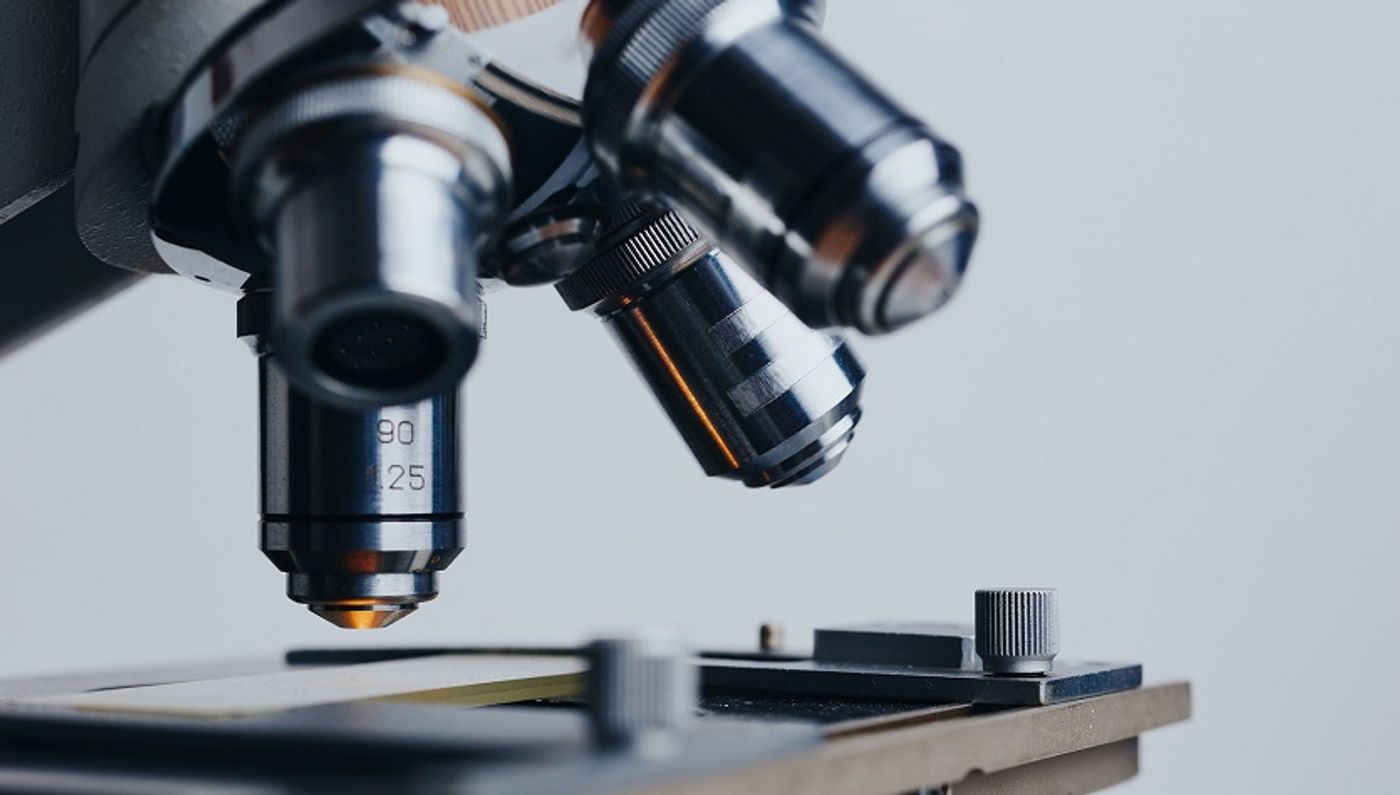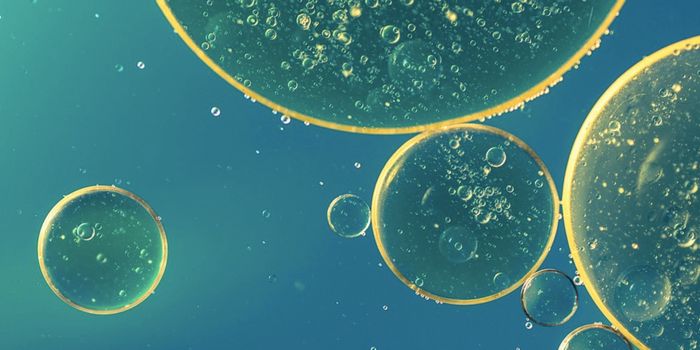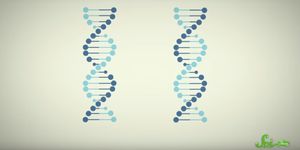NAP-6: A Potential Candidate for the Treatment of Breast Cancer
The body is an amazing and complex system of pathways, all working together in harmony. However, cancer can quickly disrupt this system and turn pathways we rely on for our health against us.
In breast cancer, one of these pathways is the aryl hydrocarbon receptor (AHR) pathway. Usually involved in the breakdown of foreign molecules in the body, its overactivation in breast cancer can impair the DNA repair system and progress cancer even further. A new study from Calvary Mater Newcastle Hospital in Australia shows how a newly developed molecule, NAP-6, strongly inhibits cancer cell growth through its interaction with AHR.
AHR inhibition is already associated with metastasis prevention. The new NAP-6 paradoxically stimulates the AHR pathway, but still somehow suppresses cell growth. Not only that, but NAP-6 could impair the growth of several cancer cell lines while showing low toxicity levels at effective dosage. It even outperformed a similar molecule by two-three fold across the board, suppressing growth in some cell lines to the point where it was negative.
Analysis of NAP-6 and how it worked showed that it arrested the cell cycle, which usually leads to the cell’s termination. The addition of AHR inhibitors suppressed NAP-6’s effects, confirming its activity was AHR related. The team saw a notable increase in the downstream AHR product CYP1A1 and CYP1A2. The team suggests these proteins are the start of a separate pathway that results in the production of several DNA damaging molecules. NAP-6 is also suggested to be broken down into a carcinogen as well.
As a potential therapeutic, NAP-6 excels in this early study. It manages to induce such a potent inhibition of cancer cell growth, that it actually causes negative growth. These effects were seen in low enough doses not to be toxic to the cells. The exact mechanism has yet to be revealed. Still, the data suggests it may be due to the accumulation of carcinogenic molecules in cancer cells, enough to target it for termination. Moreover, NAP-6 outperformed its competitors in clinical investigations, suggesting great potential for its future as a drug.
The study concludes, “For the first time we have identified the naphthalimide analogue 2-(2-aminophenyl)-1H-benzo[de]isoquinoline- 1,3(2H)-dione (NAP-6) as a potent and selective inhibitor of breast cancer cell growth.”
Sources: Nature Scientific Reports, EmergingScience









